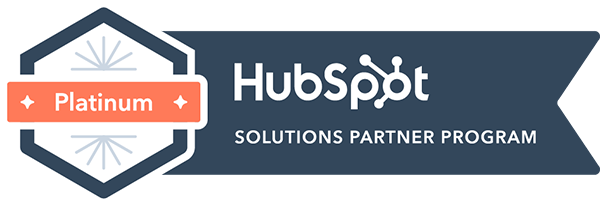 Customer service is a critical factor in your business’ success, so why not knock it out of the park? It’s a good idea to listen to your customers and improve their experience based on feedback, but it’s even more beneficial to proactively delight your customer from the beginning.
Customer service is a critical factor in your business’ success, so why not knock it out of the park? It’s a good idea to listen to your customers and improve their experience based on feedback, but it’s even more beneficial to proactively delight your customer from the beginning.
Setting up a customer experience strategy before issues come up will help your business run smoother, separate you from the competition, and keep your customers happy.
Reactive vs. Proactive Customer Service
Reactive customer service is about problem-solving. A rep will step in to solve an issue that has come up. Proactive customer service is about making changes before those problems happen.
Proactive service is one big way to delight - and keep - your current customers. That should always be the goal, because working with your current customers is incredibly lucrative. Consider this research by Frederick Reichheld, which showed that increasing customer retention rates by 5% increases profits by 25% to 95%.
How to create a proactive customer service plan
There are several ways to put together a proactive customer service experience, but you need to find the right way for your customers. Your most successful customer service plan starts with paying attention to your customers’ feedback, both positive and negative.
The more feedback you can draw from the better, so here are five ways to hear from your customers:
Reviews: Make sure you know all the places that your customers leave reviews. They might be posting feedback on your website, Google reviews, social media, Yelp!, etc. Pay close attention to these, but remember - reviews are usually left by customers who feel very strongly about something, either positively or negatively. That’s why you might want to dig deeper than public reviews, because you might be missing out on valuable feedback from people who don’t typically leave reviews.
Social media: Social media is a quick, easy way to get feedback. Customers often leave feedback about your product or service on social media, even if you didn’t directly ask for it, so keep an eye on your customer posts and messages there.
NPS: A net promoter score (NPS) is an index that measures how willing customers are to recommend a product or service to others. This is a simple but powerful metric, because it can tell you a lot about the health of your brand and how satisfied your customers are.
The formula for determining your NPS is simple. First, you ask your customers on a scale from 1-10 how willing they are to recommend your product or service to others. Respondents who answered 6 or below are called “detractors,” respondents who answered 7 or 8 are called “passives,” and anyone who answered 9 or 10 are called “promoters.”
You can calculate your NPS by subtracting the percentage of detractors from the percentage or promoters. That looks like this:
NPS = % promoters - % detractors
The number you’re left with is your NPS. Generally speaking, any score above zero is good, because it means you have more happy customers than not. Above 50 is considered excellent, and anything higher than that is exceptional. But ultimately, these numbers can help you assess and track how well you’re doing in your customers’ eyes.
Surveys:
Surveys can be a goldmine of information about your customer service - if you can get people to take them. Make your survey as simple as possible for your customers to complete, and be very specific about the time commitment or number of questions involved.
Just ask: Talking to your customers can go a long way. Pay close attention to what they’re saying at every interaction, because even quick conversations can provide valuable insights.
Provide ample communication channels
One of the biggest customer frustrations is trying to talk to a company, and having to jump through hoops to get a response. If your customers get stuck on lengthy holds, delayed email responses or confusing site navigation, they’re not going to be satisfied with your customer service.
Meet your customer where they’re at. That means you’ll likely need multiple forms of reliable communication, but it’s well worth the effort of having those channels in place.
Your customers are going to have different levels of problems that they need solved. Some will need a quick response that could be easily resolved via live chat. Others might have a less urgent problem that can be solved via email. And then there will be customers who just want to talk to a live person, or who found your business on Facebook and sent a message. Make sure you have pathways for your customer to express their problem quickly and easily.
Keep in mind that offering these channels of communication only works if someone responds to them. Tools like team inboxes and shared CRM accessibility keeps everyone the same page, and prevents your customers’ messages from being missed or ignored.
Create a bank of information
Having valuable content on your site can immediately answer your customers’ questions while freeing up time for your team. It will take upfront work, but tutorials, FAQ pages and how-to videos can be extremely valuable tools for your customers. Pay attention to repeat questions or dilemmas your customers have, and answer those questions with high-quality content.
This approach also allows you to add value for customers who have been with you for a while, and introduce them to new or existing features and products they might not know about.
The bottom line
Customer service is what makes your brand memorable and keeps your customers coming back for more. A proactive customer service approach delights your customers and outfits your team with the tools they need to deliver stellar results - before a small inconvenience becomes a major problem.
HubSpot's refreshed Service Hub includes new industry-best tools that can help facilitate proactive customer service:




